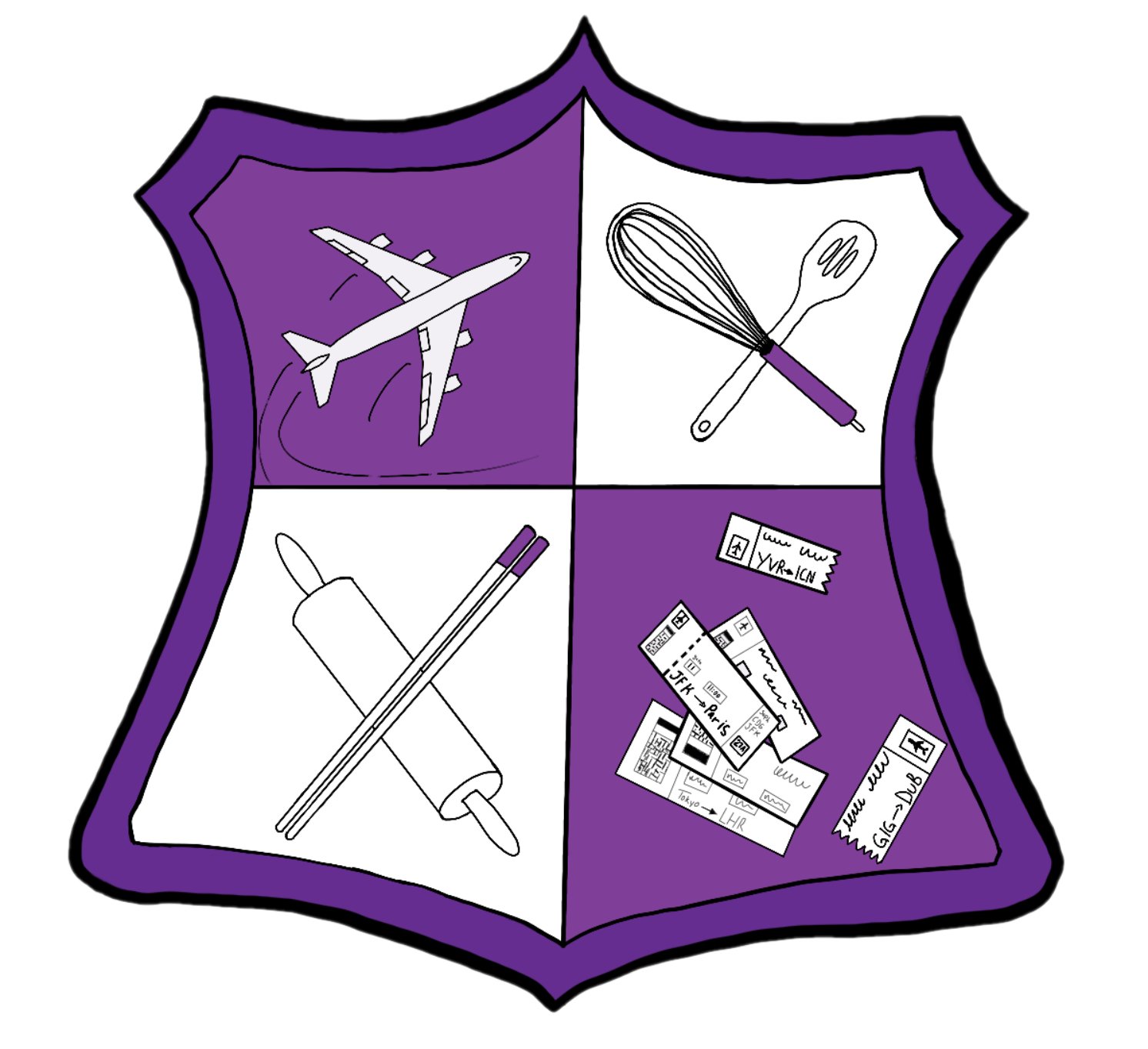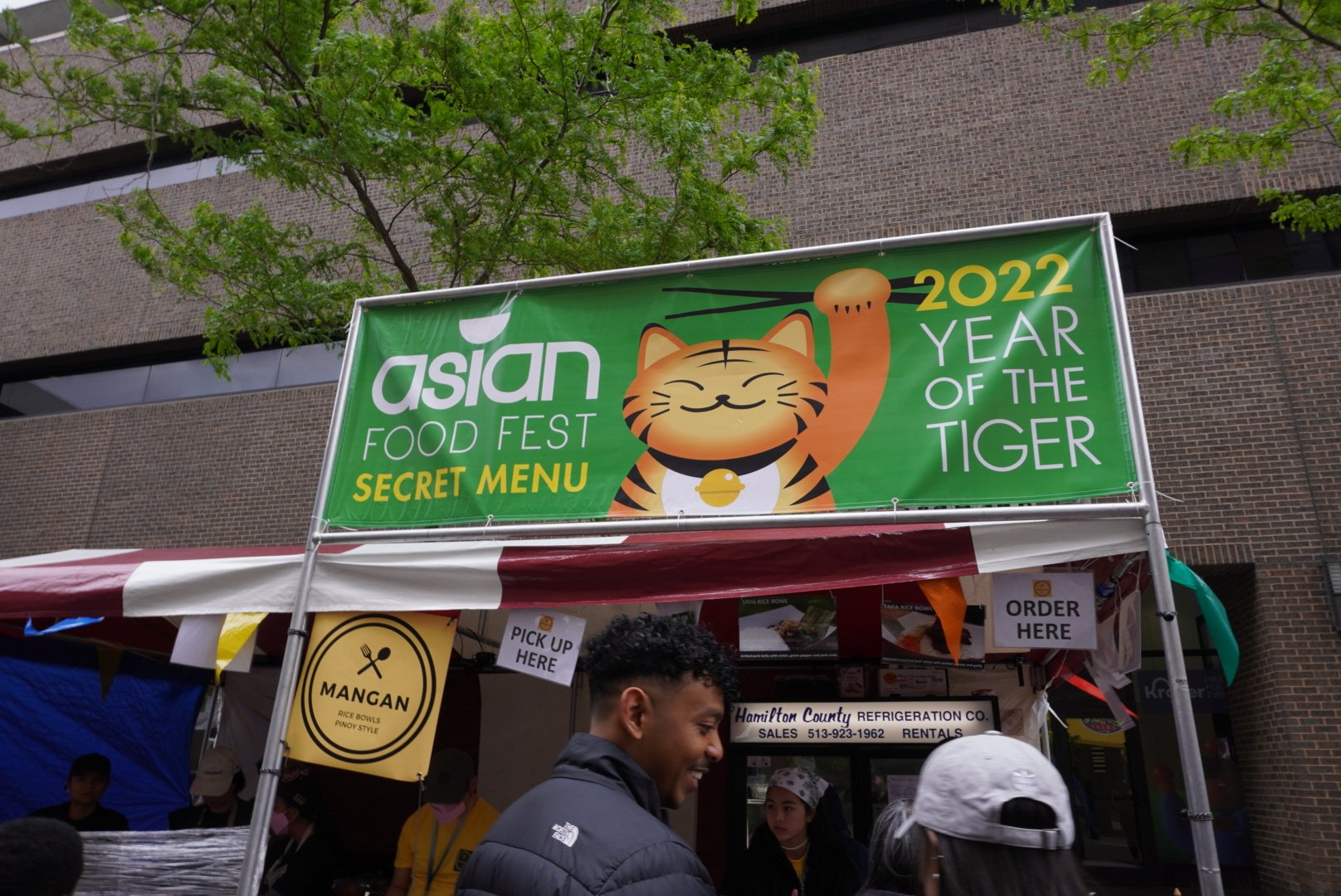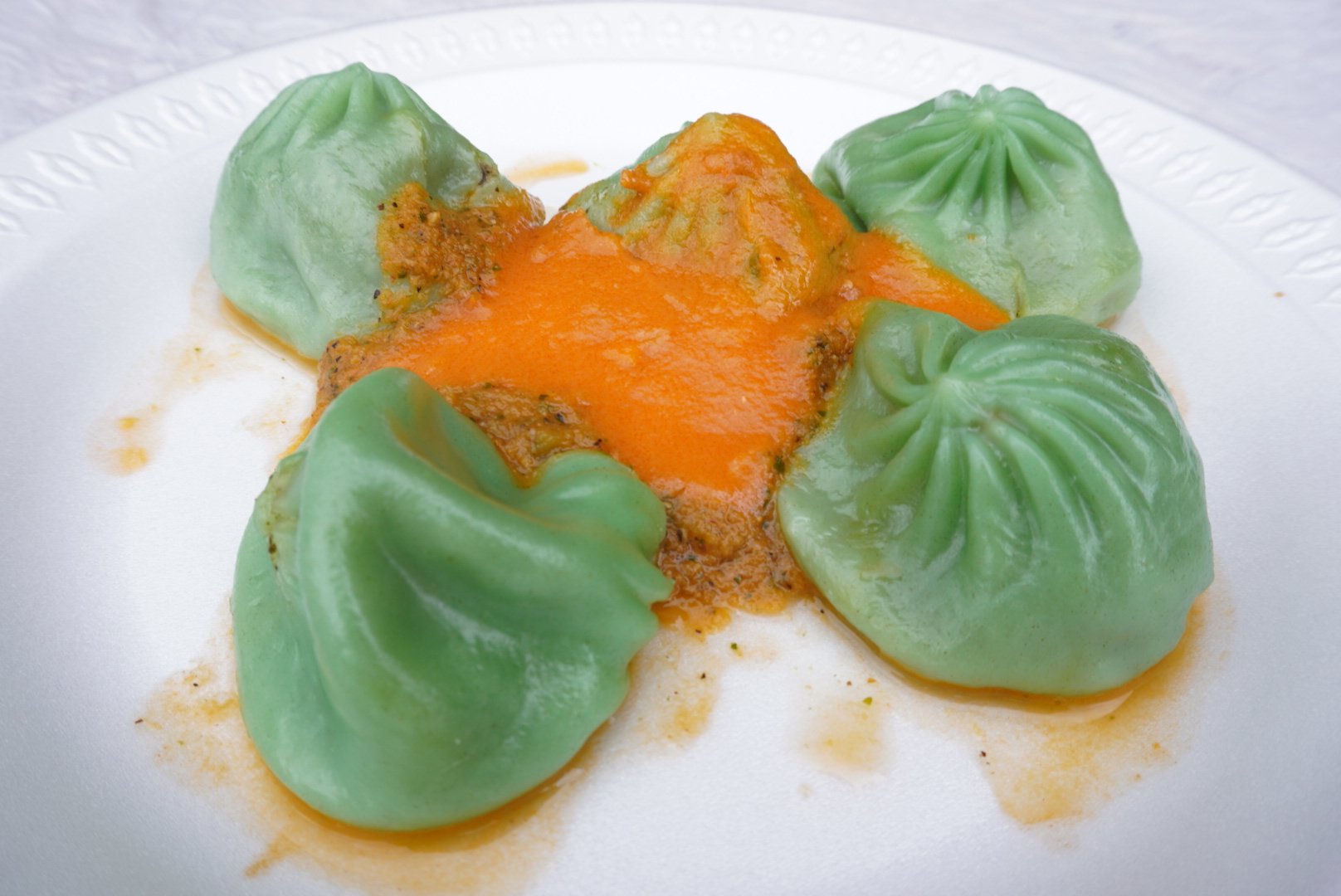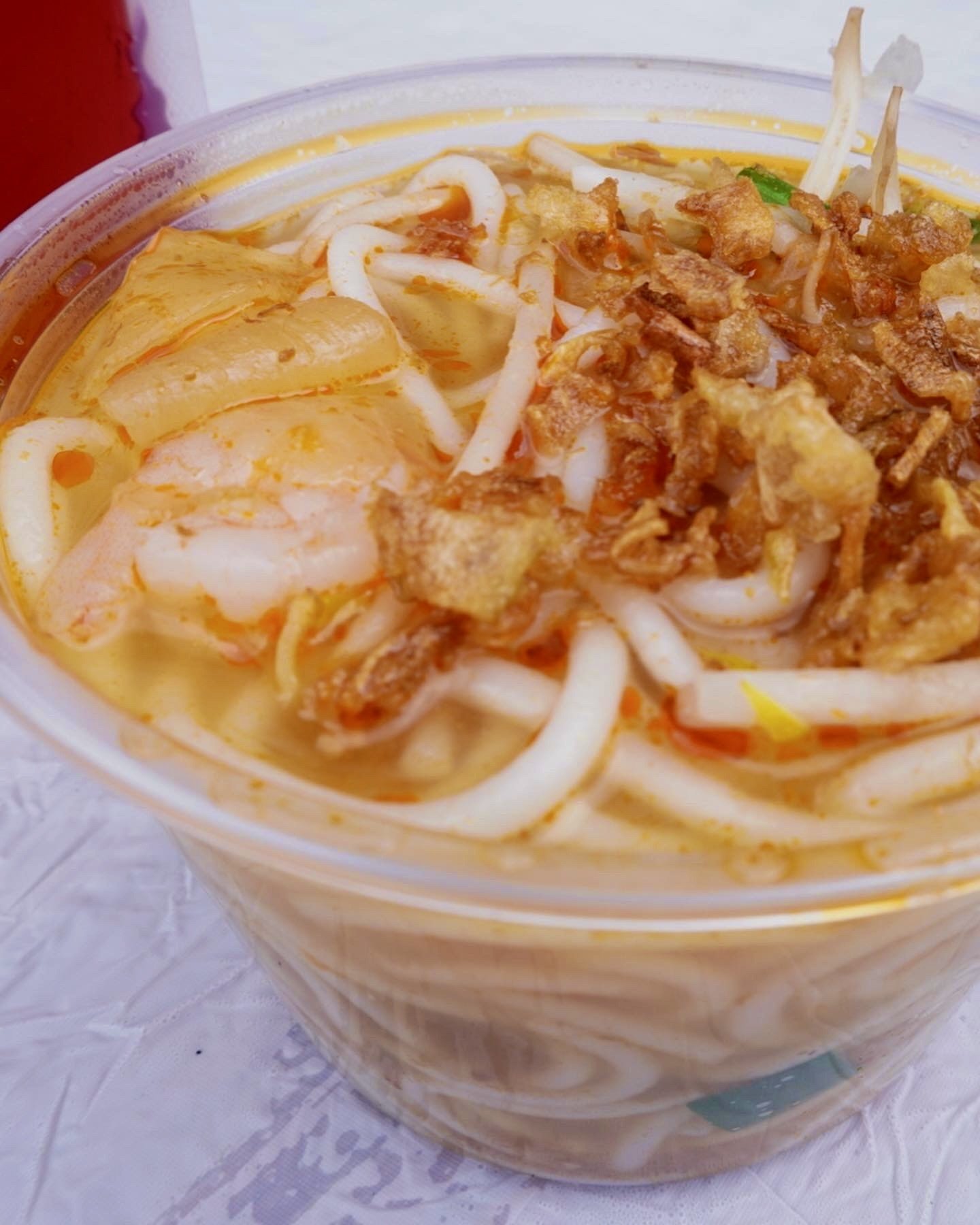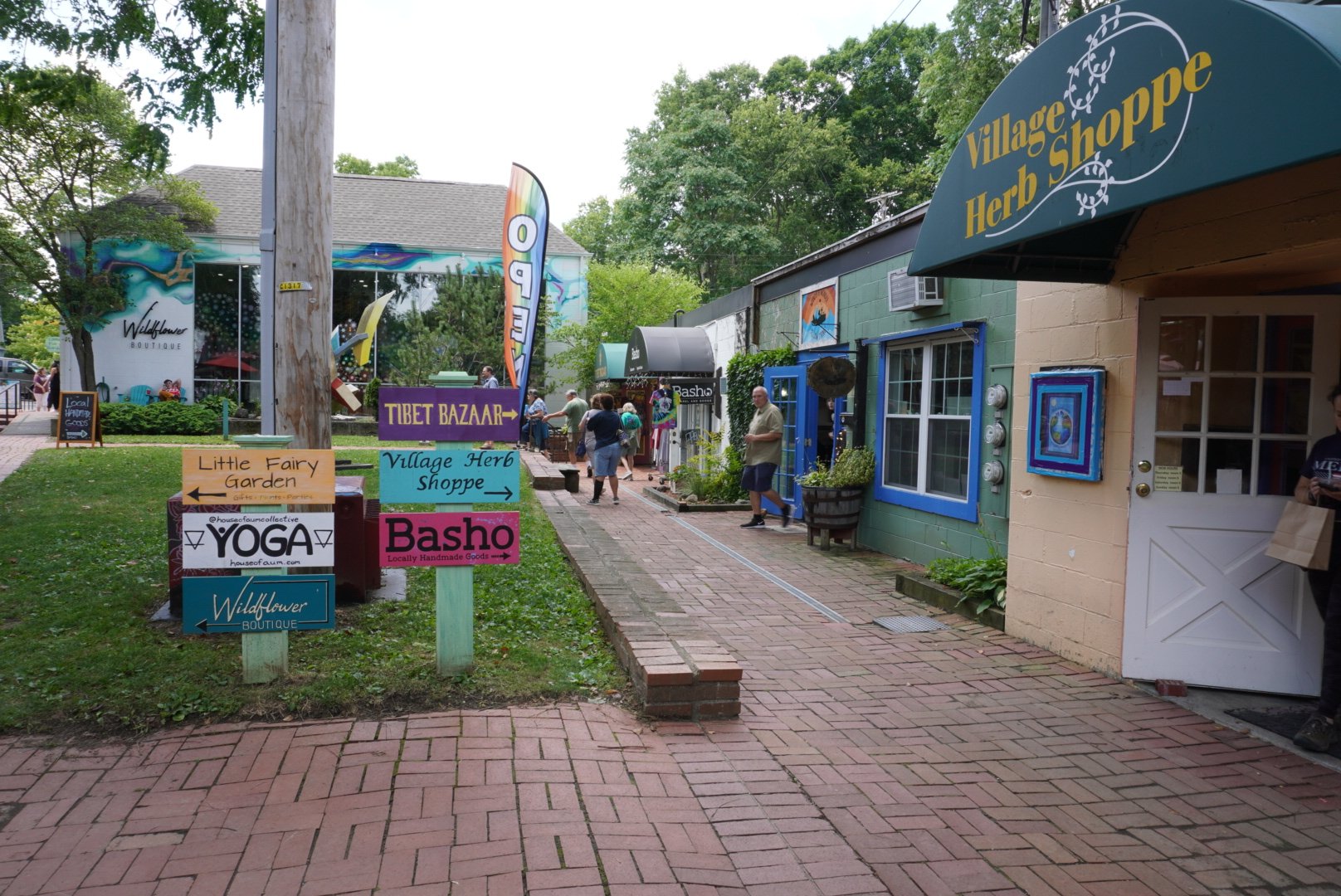Asian Food Festival, Adventures in Cincy, Ohio
Every year Cincinnati, Ohio has the Asian Food Festival which has restaurants from all over the city and more share a taste of their menus through food trucks for a weekend. A two block by two block area called Court Street Plaza has been sectioned off so food trucks, drink tents, merchandise shops and more can setup and allow people to freely wander about and try anything they’d like. I got to attend with two friends this year, and returned with my family the next day.
You can plan your trip in a few ways. A more seasoned person that loves structure and plans might visit the website https://asianfoodfest.org/ ahead of time and plan all the vendors and prices to get the most out of the day with rigor. This will allow the most efficient routes and opportunities to hit as much as possible in the few days the fest is open. You can choose things such as the food booths, the secret menu that specializes in authentic dishes many Asian families would eat on a normal day, or plan your visit to one of the two stages setup with the few guest musical acts.
My group did none of this. A few weeks prior we said ‘hey Asian food, I’m sold” and made the plans. The most I did to prepare was set about $50 dollars aside in my budget and make sure I also had cash. We parked a few blocks away and took a lovely walk in slightly cold for May weather, with a threat of rain. We arrived in front of the Downtown offices of Kroger and the festival unfolded in front of us. We couldn’t decide between a fast lap to make a list or to eat as we went. The signs on the Bridges truck for dumplings made the choice for us. We immediately got in line at while one friend went to the Rheingeist truck to get some local IPA’s to go with their food. We ordered the MoMo Nepali Style vegetarian dumplings with a spicy potato rice dish.
Dumplings get their origin in China and are usually made in a few different shapes. They are about 1,800 years old and are believed to have been invented by Zhang Zhongjing, a physician. The more traditional ear shape comes from this legend, and was created to assist with a village starving and freezing to death during an epidemic. The physician was determined to help these poor villagers and mixed lamb, black peppers and medicinal herbs in the dough wrapper and boiled them. After few days, the frostbitten people and epidemic were under control and others started to emulate his recipe. This simple recipe has been shaped over many years and interpreted in many different ways and flavors. Our vegetarian version was delicious with the most succulent of sauces to paid.
We did not make it far for the next booth as I spotted my weakness. Noodles. A tent for Tea ‘n’ Bowl was selling a Malaysian Prawn Noodle bowl along with SzeChuan chicken skewers, a Curry Laksa Noodle, and MooPing (Thai Grilled Pork Skewer). We got into the sizable line immediately because I cannot go without a shellfish noodle option. We picked the chicken skewer and one of each noodle bowl. This was a glorious tasting soup of noodles, shrimp and minimal other veggies. It was warming and the perfect antidote to the cool May day that it was. The fastest I have eaten scalding hot noodles for sure. Penang hae mee is a name of the famous Malaysian dish and is characterized by it’s soup base. To quote TasteAsianFood.com “prepared with a humongous amount of prawn heads and shells coupled with pork bones concentrated to a thick, creamy, and highly aromatic broth.” There are three famous variants of this dish, this one being from Malaysia, the others from Singapore. The other versions use a stir fry noodle which is the biggest difference. Kuala Lumpur has a version called Hokkien mee.
While looking up the origins and history, most results pulled up the Hokkien variant that was said to be made by brothers Ng Seng and Ng Tong who arrived in Singapore in the 40′s from Xiamen. After work in a warehouse they would fry up noodles in a charcoal stove with many variations of ingredients and it became popular enough that they decided to start their own hawker stall instead. They split up with the older brother Ng Seng staying on the same road called Rocher Road in front of a famous hotel. He grew in popularity and his children would end up opening a famous place called Ah Hock Hokkien mee. The younger brother became a champion hawker in a different location. These stall have been selling their noodles for over 53 years and perfected the recipe.
Our next purchase came from Streetpops so my friend could have an ube frozen ice pop. This was super pretty and super cold for the weather we were having. Ube is quite simply a purple yam that is popping up all over the place (or I’m at least noticing it now) in many forms. Ice cream being the most popular that I have seen next to shakes or teas. The purple color is very striking. This yam originates as a staple crop from Philippines. This crop is really old with remains of ube recovered from the Ille Cave archaeological site of Palawan from 11,000 BP. It is used in so many different foods. One that we also enjoyed was haluhalo (Halo-Halo) from Christine’s Casual Dining. This means mixed drink roughly in translation from Tagalog. It is a masterpiece of seemingly random things thrown into a thinner shake from the Philippines. A scoop of ube ice cream, coconut milk, shaved coconut, shaved ice, multiple types of beans, flan, tapioca pearls, jelly, mango and more all mixed into the cup. You were to mix all of it together before eating. This comes from pre-war times mostly attributed to the 1920s and 1930s. It’s roots seem to come from Japanese immigrants during their occupation of the islands and an ice plant that was introduced at the end of the 1800s. The original version being called mong-ya that was made mostly with mung beans boiled and cooked in syrup and placed on top of ice with milk and sugar. When the Japanese occupation ended the natives then took this popular treat and added the cornucopia of ingredients.
LALO Chino Latino was our next stop which was a mixed cuisine location. We picked up the Vietnamese empanada and Korean Pulled Pork Slider. The empanada tasted a lot like gyoza or an egg roll. It had that same minced meat and veggie mixture inside, just in a deep fried thicker wrapper. Egg rolls themselves are in contention for the origins. 1930s New York tries to claim egg rolls but it is most likely from Ancient China with earlier recipes having actual eggs in the wrapper. There are so many different providences in China and everyone has their own version and take on egg rolls.
Our last stop of this day was S.E.A. Cuisine Foodtruck for some cha cha fries. These were just simple waffle fries coated in queso, roasted pork, jalapenos, sriracha, and a lime. This was worth the wait and a lot of fun to eat.
When I returned with my family the next day, I went to town on the noodles again but also got to try something I missed the first time. I picked up kimchi from Neko Sushi. This was a super delicious dish and kimchi has never failed to disappoint. A 4,000 year old dish, kimchi comes from Korea. It consists of fermented vegetables, cabbage being the standout and most common and main vegetable used. A lot of seasonings give a wide breath of flavor such as gochugaru, spring onions, garlic, jeotgal (salted seafood) and more. Kimchi started as a way to ferment and store vegetables during the cold winter when many Koreans died of starvation and is a staple meal in Korea to this day. The spice that I love in the dish is actually not historical. The original versions were focused on the vegetables but the addition of spice wasn’t until at least the early seventeenth century and even later before it became wide spread. This cold and spicy dish is a a fun expedition into opposites as cold but spicy isn’t what I’d expect. The flavors are always strong and not just ‘hot’ which is phenomenal. Kimchi is a must stop anytime I see it.
The Asian food festival offers many more things such as Korean street dogs, cold noodles, boba tea and so many other things and is a place anyone can go to experience foods dripping in culture and flavor.

